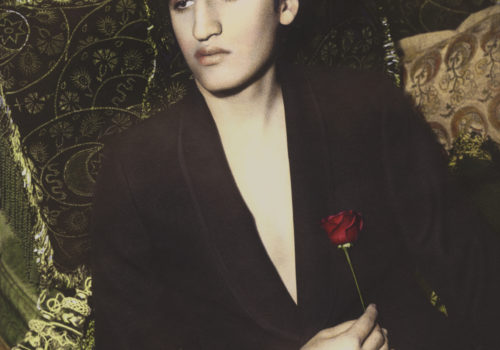Who could have predicted the revolutionary spirit of 2011? From the Middle East to Wall Street, a fervor has swept the globe. Yet for all of the West’s belief in democracy, we placidly fight the banks by sleeping on the streets. We bemoan students laced with pepper spray as though police brutality were something new; I suppose, when it happens to white people it’s considered headline news. But reality is something different. Revolution is a violent beast. As Huey P. Newton notably said, “The first lesson a revolutionary must learn is that he is a doomed man.”
The Arab Spring has seen governments topple and fall, with major changes in Tunisia, Egypt, Libya, Bahrain, Syria, and Yemen as well as minor protests in several other countries. Most demonstrations have met violent response from the authorities, sparking the slogan “The people want to bring down the regime.”
What becomes clear as we watch the uprisings take hold is that we in the West generally have a one dimensional view of the Arab world. It is fitting then that Kerher Verlag had the foresight to publish Arab Photography Now, a collection of the work of thirty photographers, edited by Rose Issa and Michet Krifa. Nearly all the images were produced after 2000, which times nicely with the creation of several foundations dedicated to preserving the photography of the Arab world.
As Michet Krifa writes, “Artists, often at the forefront of such [revolutionary] movements, have permission to introduce subversive charges and to be whistleblowers by seizing upon unsettling subjects, and have found subtle means of circumventing censorship. In the space of less than ten years, the artistic scene in the Middle East has completely changed. Representation of the image itself has slowly been liberated and has been one of the most innovative elements of different artistic approaches. Photography, long abandoned in the media of the Arab world, has been directed towards documentary or the visual arts, and has conquered the picture rails of private galleries and independent cultural spaces. The ability to send photos over the Internet has also greatly contributed to the development and distribution of photography. Carried along this emergent, passionate, artistic creation, artists from the Arab world have gradually become essential to the international artistic scene.”
Arab Photography Now spans life in this corner of the globe. Manal Al Dowayan’s black and white photographs from her series, The Choice, take us into the world of women, where religious doctrine has become the public face female identity. Reem Al Faisal explores women who arrive as pilgrims at the port of Jeddah, where we see women from all Arab nations performing the Hajj or working as traders. In both these essays, we still witness woman as archetype rather than individual, though perhaps we should be grateful we see her at all.
In the work of Lara Baladi, we see Egypt as a place of origin, birth, and rebirth, going back to the Biblical Third Day of Creation, when the water and earth were separated, paving the way for the birth of humanity. Baladi works in collage to great effect, creating images that are at once surreal, delicious, and compelling in this symbolism.
Omar D.’s photographs of the Berbers of Algeria are beautifully composted portraits of an ancient people. As Omar D. writes, “To photograph a country that has been subjected to the violence of deculturalization, repeated colonization, unscrupulous dictatorship, and civil war is no easy task…. I wanted this pictorial testimony to document the mysteries of the collective memory, embedded in Algeria’s early history. I feel it is my duty and my right, in the face of history, to photograph the places of memory, the living and immovable faces that time has not managed to transform. It is a history that ebbs away every day in indifference and forgetfulness.”
And indeed, isn’t that the nature of all great photography—to capture what is here and now for others, near and far? Were it not for photography, the most international of all languages, how might we communicate such powerful human experiences without the need for (or manipulations of) translations? What makes Arab Photography Now so powerful and provocative is that it shows us a world we may not know, yet one whose humanity resonates louder than any cultural dictate. Perhaps that is part of what makes this book so compelling: the Arab world, which undoubtedly sparked the Occupy movement, is not nearly as foreign as the powers that be would like us to believe.
Sara Rosen
Rose Issa, Michket Krifa (Ed.)
Arab Photography now
Kehrerverlag, 2011
24 x 30 cm
ISBN 978-3-86828-189-7
36 Euro
















